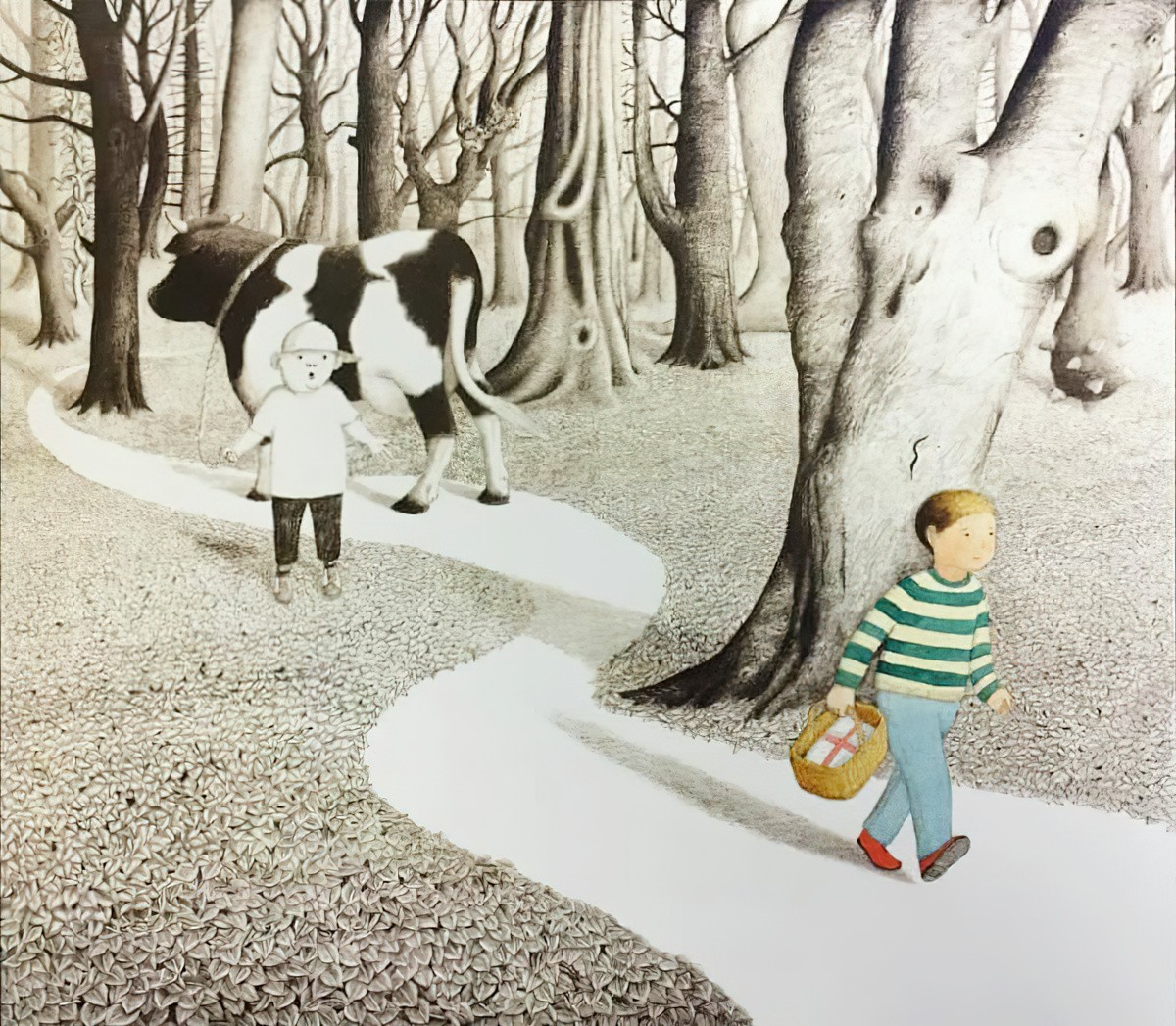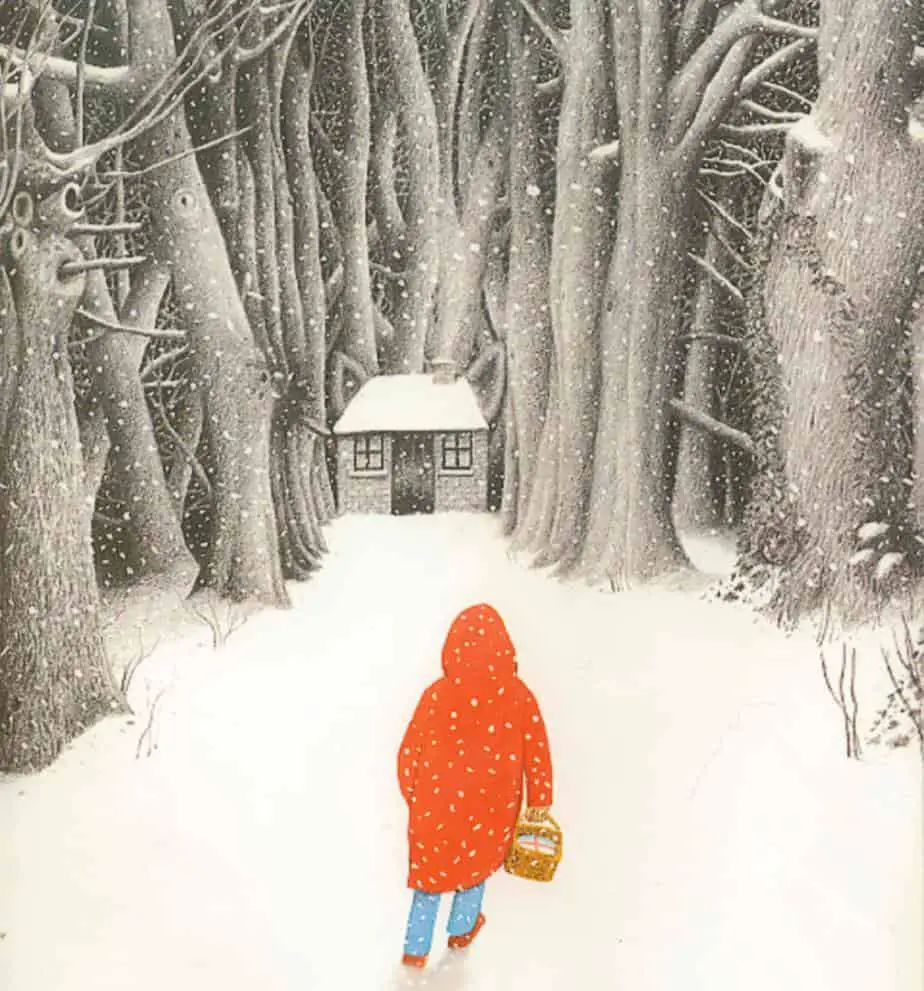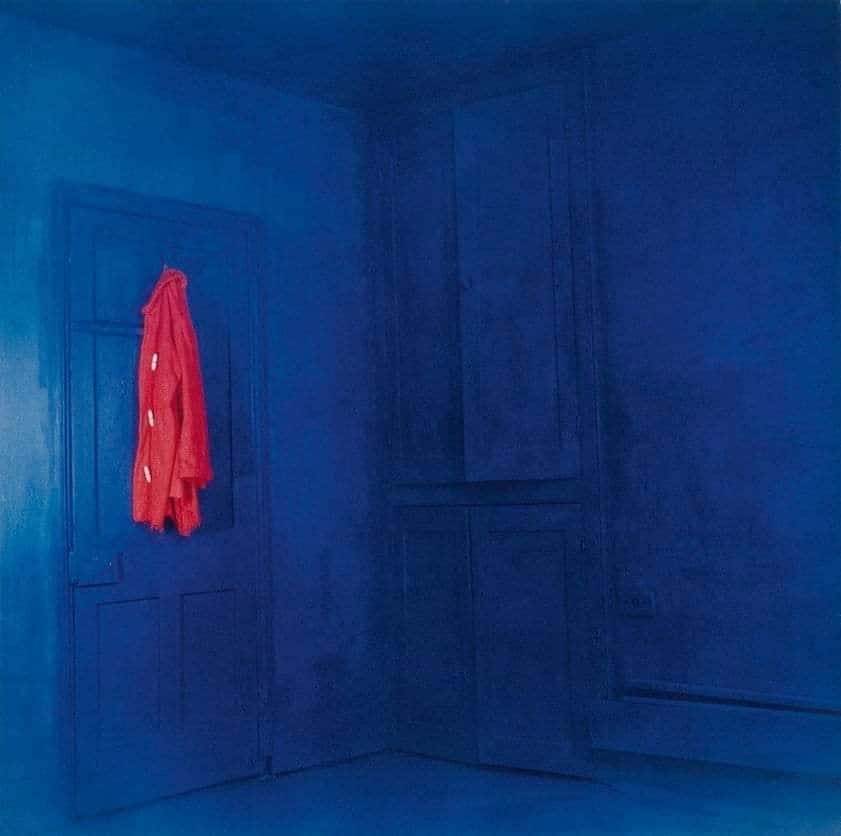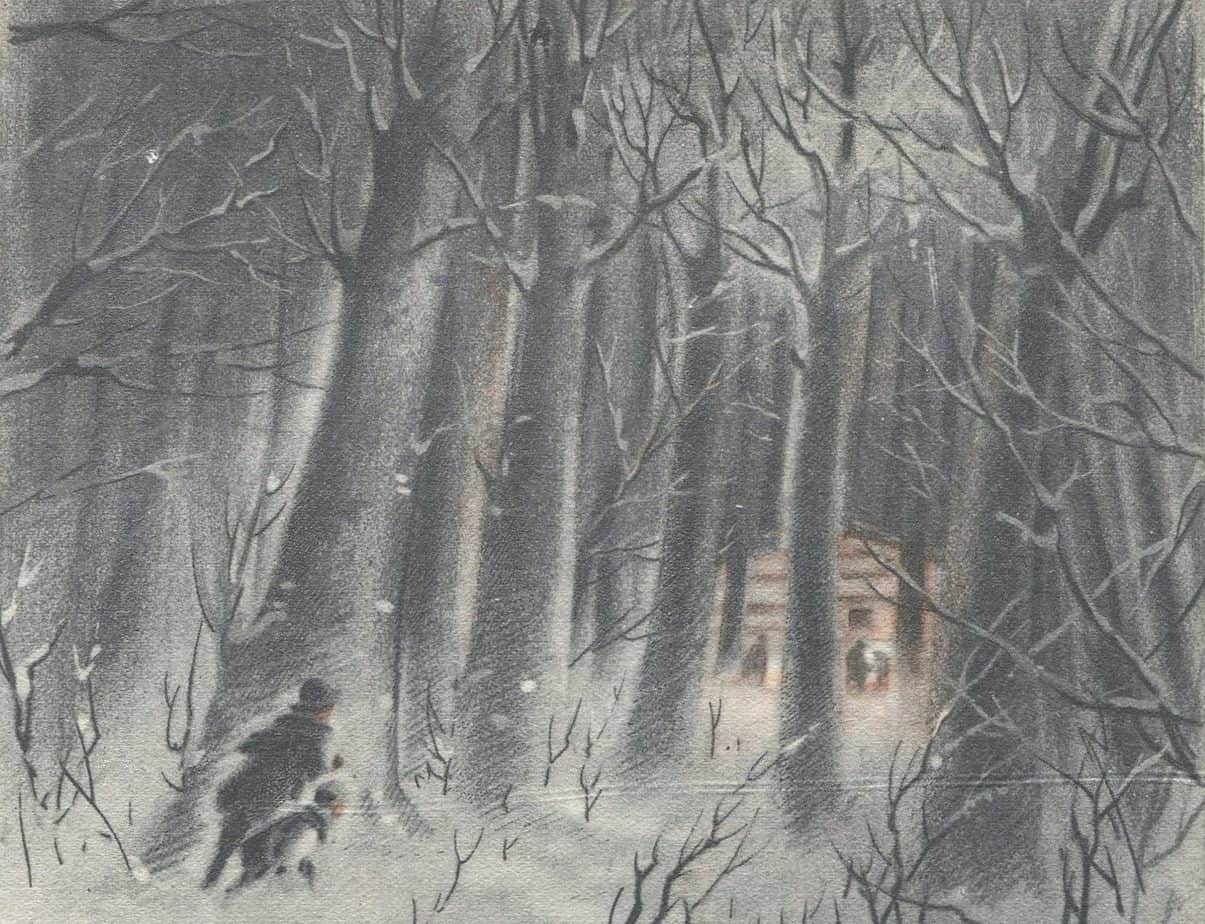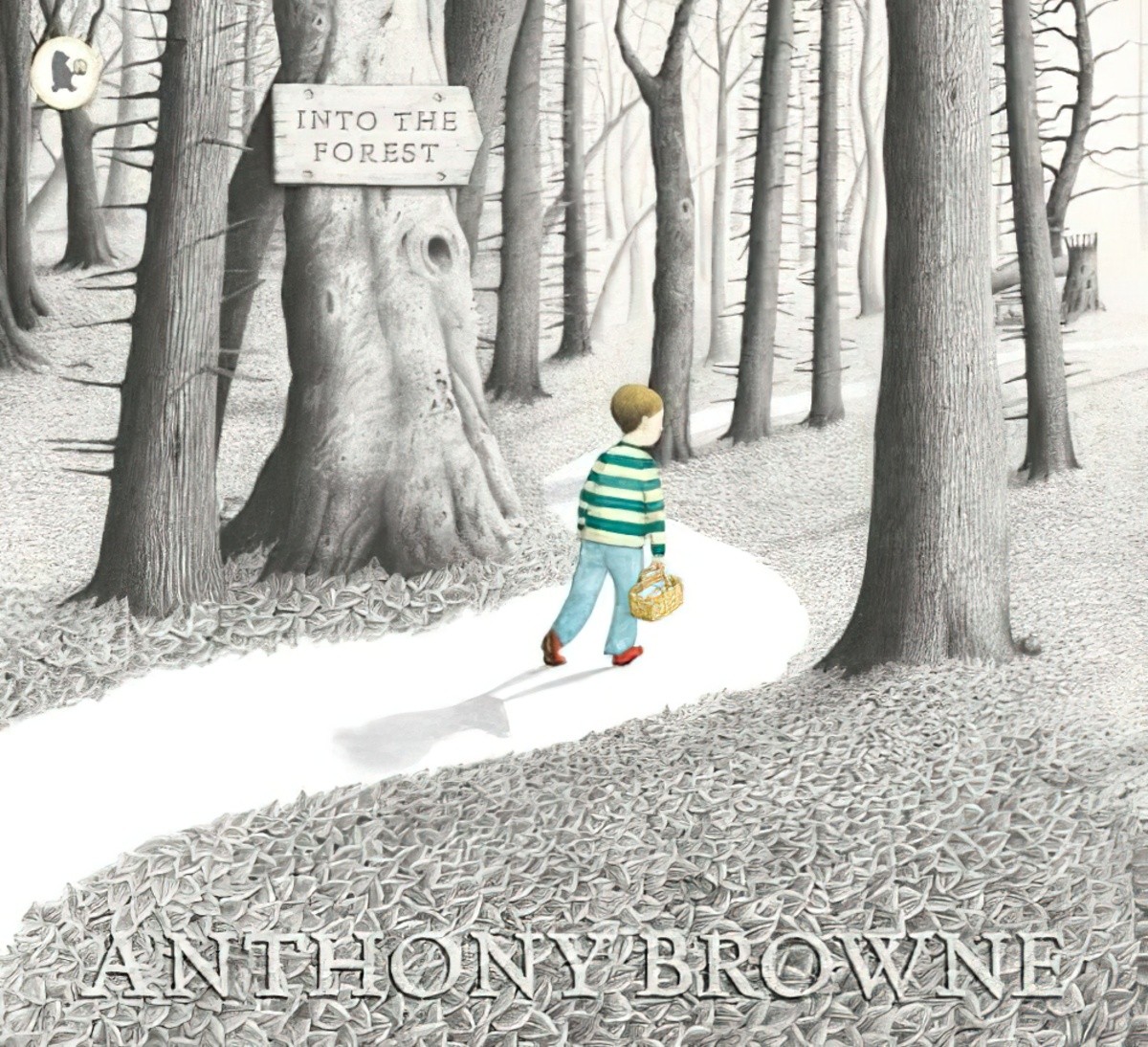Into The Forest by Anthony Browne is story book, part ‘toy book’. Young readers learn to look at pictures and search for intertextuality, as each illustration links to a well-known fairy tale. This makes the book popular for classroom use, along with the Shrek films and modern stories with fairy tales as ur-texts.
Anthony Browne writes postmodern picture books and Into The Forest is an excellent example of intertextuality.
WHAT IS INTERTEXTUALITY?
The relationship ‘between texts’.
“No poet, no artist of any art, has its complete meaning alone.”
T.S. Eliot
Works of art don’t exist in isolation. Readers bring a lot to a story, including their entire lives until that point, but also every story they’ve ever been exposed to. When an author points the reader’s attention to another text, this technique is known as ‘intertextuality’.
French philosopher Gilles Deleuze used the word ‘rhizone’ which maps onto the literary concept of intertextuality.
INTERTEXTUALITY: A Discussion with Chad Hegelmeyer
In this episode Kim and Chad talk about Julia Kristeva’s theory of “intertextuality.”
New Books Network
Rhizone
In botany and dendrology, A rhizome is the main stem of the plant that runs underground horizontally. (And sometimes above the ground, but let’s not confuse matters.) Ginger is an example of a rhizone.
How is literary intertextuality like a stem-like root-type of thing?
Think of fairy tales. There is no single ‘original’ version of an oral fairy tale, only endless permutations which evolve over time and change a little each time someone tells it anew. There is no beginning and no end to a fairy tale. Each tale has endless repetitions, giving birth to endless differences.
A rhizome is also multiplicitous in form. The rhizome symbolises a unity that is multiple in and of itself.
Deleuze had thoughts on the task of writers:
“The task of the writer is to establish non-preexistent relations between … variables in order to make them function together in a singular and non-homogeneous whole, and thus to participate in the construction of new possibilities of life”. (Quoted in Daniel Smith.)
STORY STRUCTURE IN INTO THE FOREST BY ANTHONY BROWNE
Shortcoming/Need
The boy is lonely without his father.
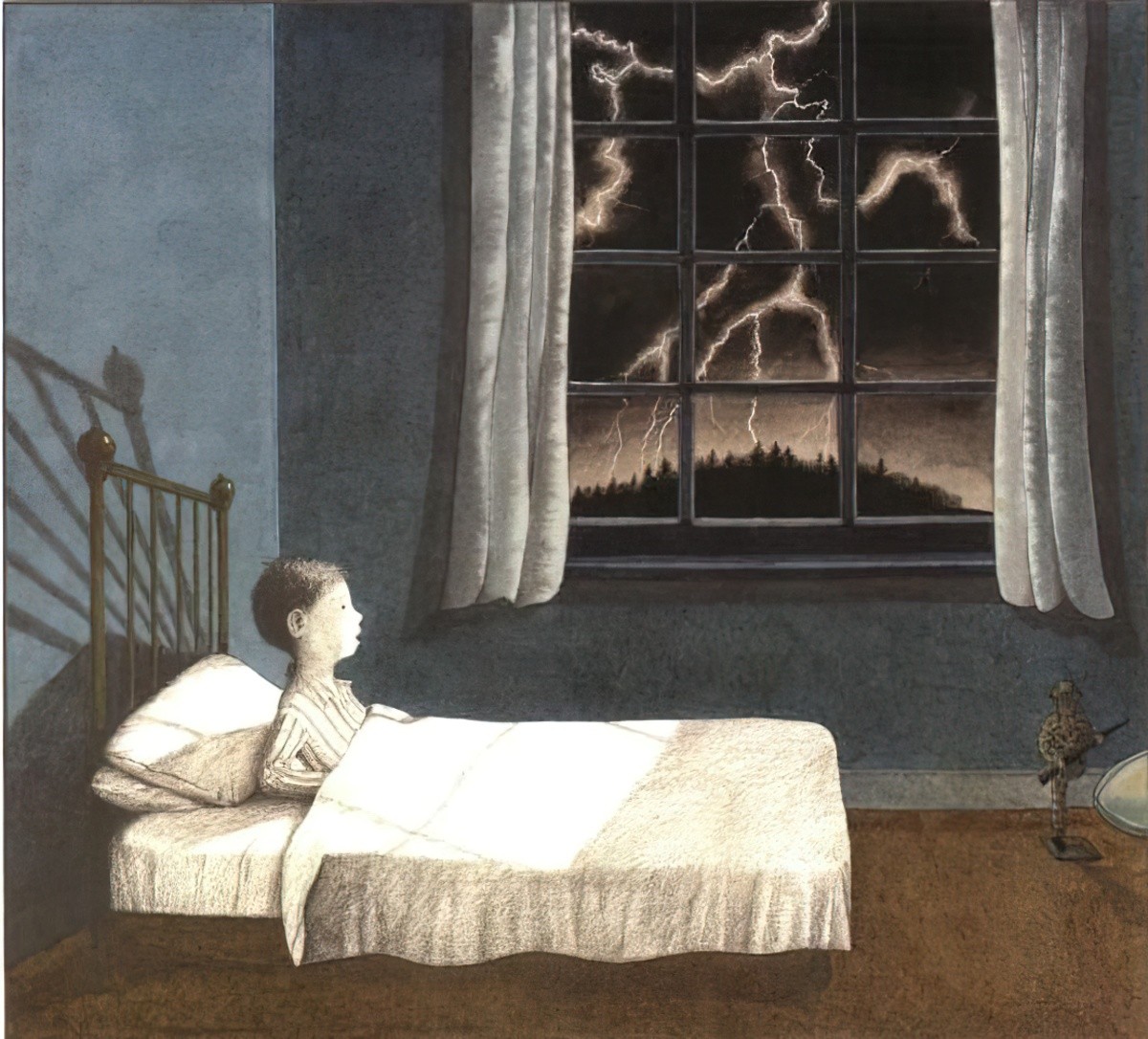
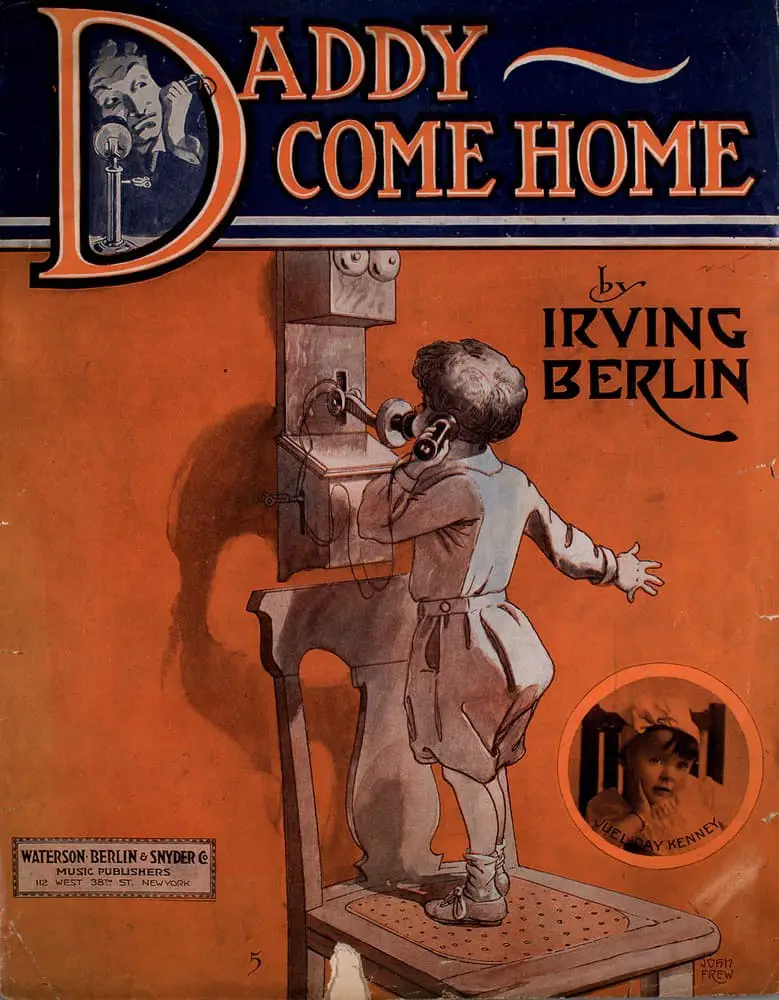
Desire
We get a hint about the desire before the story even starts, in fact, on the internal title page, where there’s a sign pasted to the window saying ‘Come home Dad’.
Opponent
In “Into The Woods” there is an unseen opponent. The boy’s own anxieties about his father at war are preventing his happiness.
Plan
To take his mind off the loneliness, the boy’s mother asks him to take a basket of goodies to his grandmother’s house. She tells him to go the long way round to avoid the forest. But the boy plans to ignore this advice for the first time ever, in case his father comes home early.
Big Struggle
This is a mythic journey through a forest in which a boy encounters a variety of characters then ends up back home, having changed fundamentally as a person. The big struggle is a psychological one, symbolised by the increasingly knotted and gnarly trees and the worsening weather. The tree looks as if a clawed hand waits at its base — at least, you think it might look like a clawed hand, but not quite. Can you trust your own imagination? Are you meant to think that?
The real life big struggle is off the page — only in the illustrations do we get hints that the father is a soldier off at war. There’s the soldier in the boy’s bedroom, missing one leg, and the light over the dinner table shaped like a hard helmet, with its bulb melting into the shape of a tear. The empty chair casts bar-like shadows against the wall suggesting lack of freedom and imprisonment. This is all postmodern stuff.
Anagnorisis
In this highly metaphorical story, the boy learns that although being lonely and worried about your father is scary, it is possible to make it through a forest of anxiety and come out all right at the other end.
New Situation
The boy is safe in the comfort of home, along with both parents there to protect him. The child reader is given not one but two reassuring images at the end — first the scene at grandma’s house, then again when the boy returns home with his father. This double reassurance compensates for the scary images on the previous pages.
INTERTEXTUALITY IN THE ILLUSTRATION OF INTO THE FOREST BY ANTHONY BROWNE
BLACK AND WHITE PALETTE
This particular book is a great look into how black and white mixed with vibrant colour can be used to create a certain effect.
Browne plays with different ambient effects in his Into The Forest, shifting from colour to black and white for the setting at the point where the protagonist enters ‘the woods’ of a fairytale world where he encounters characters from rhymes and tales. Browne incorporates many ‘hidden’ characters and objects in the shapes of the environment in these pictures, and the reader explores them in a different way from the emotionally compelling coloured pictures that open and close the story. […] In general then, picture book artists will only ignore the rich meaning of colour choices and their capacity to work on the reader’s emotions when they wish either to avoid that emotional engagement or else to invoke our feelings, particularly a sense of the uncanny or sinister, specifically by drawing attention to the ideational content of the images.
Reading Visual Narratives, Painter, Martin, Unsworth
Below, the goodies are wrapped up in a tea towel with the flag of England — a patriotic gesture in time of war?
